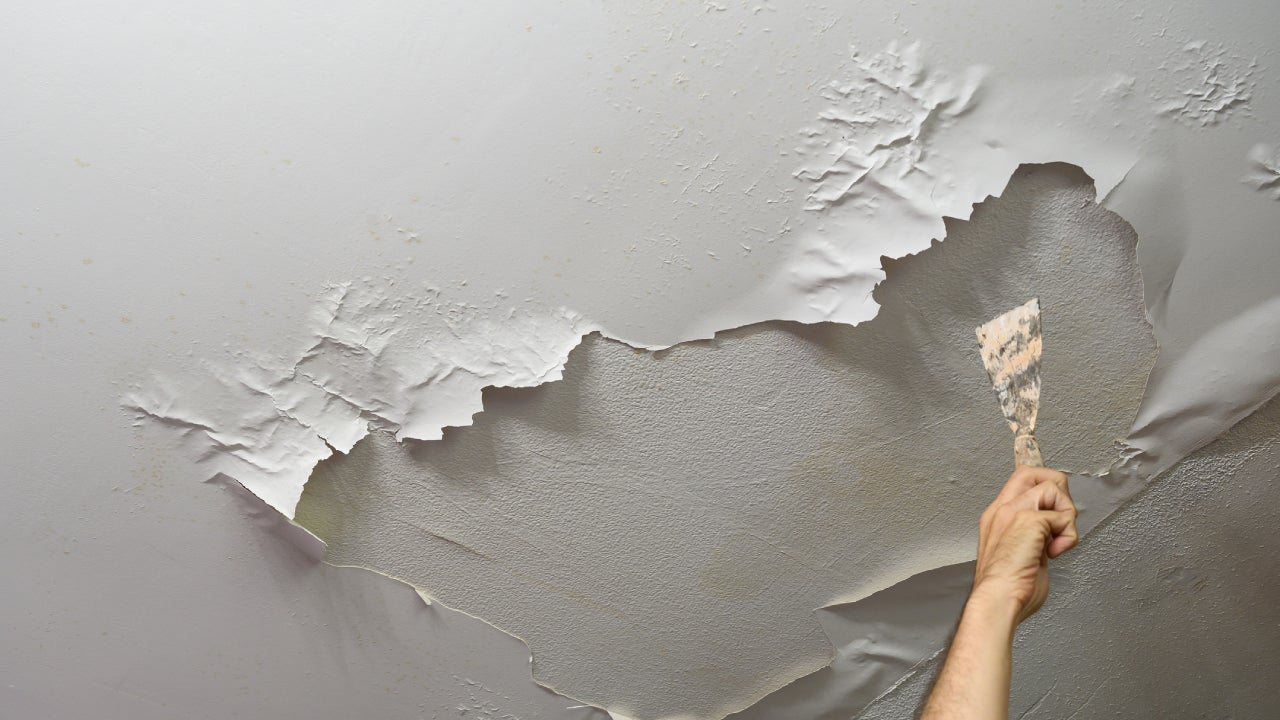6 Water Damage Repair Do's and Don'ts.
6 Water Damage Repair Do's and Don'ts.
Blog Article
This article listed below about 5 Home Safety Tips To Reduce The Risk Of Fire And Water Damage is incredibly fascinating. Read on and draw your own personal conclusions.

Water offers life, water invasion on parts where it's not meant to be can result in damage. Houses with water damage odor moldy and old.
Water can come from numerous sources such as tropical storms, floodings, ruptured pipelines, leaks, as well as sewer issues. In case you experience water damage, it would certainly be excellent to recognize some safety and security preventative measures. Right here are a couple of standards on exactly how to handle water damage.
Do Prioritize Home Insurance Policy Insurance Coverage
Water damages from flood dues to heavy winds is seasonal. You can additionally experience an abrupt flood when a faulty pipeline unexpectedly bursts right into your residence. It would be best to have home insurance policy that covers both disasters such as natural tragedies, as well as emergencies like busted plumbing.
Don't Neglect to Turn Off Energies
In the event of a catastrophe, especially if you stay in a flood-prone area, it would certainly be recommended to turn off the primary electric circuit. This cuts off power to your entire house, protecting against electrical shocks when water can be found in as it is a conductor. Furthermore, do not forget to turn off the main water line valve. Furniture will certainly move around as well as cause damage when floodwaters are high. Having the primary shutoff shut off protects against further damages.
Do Keep Proactive and Heed Weather Condition Signals
Storm floods can be extremely uncertain. Stay positive as well as ready if there is a history of flooding in your neighborhood. Listen to emptying warnings if you live near a river, creek, or lake . Take out valuables from the ground floor and basement, then put them on the greatest feasible degree. Doing so lowers possible building damages.
Don't Overlook the Roofing System
Prior to the climate transforms shocking, see to it you have a roof covering examination. It would certainly be prudent to receive this solution annually as it can minimize complicated problems. If there are no holes and leakages in your roofing system, you can prevent rain damage. Your roofing contractor will certainly likewise take care of faulty seamless gutters or any other indications of weakening. This will certainly prevent water from flowing down your wall surfaces and saturating your ceiling.
Do Pay Attention to Small Leakages
A burst pipeline does not take place over night. Normally, there are warnings that indicate you have actually weakened pipelines in your house. You might see bubbling paint, peeling wallpaper, water touches, water stains, or leaking audios behind the wall surfaces. Eventually, this pipe will certainly burst. Ideally, you need to not wait for things to intensify. Have your plumbing fixed prior to it results in large damages.
Don't Panic in Case of a Burst Pipeline
When it comes to water damage, timing is essential. Thus, if a pipeline ruptureds in your home, immediately closed off your major water shutoff to cut off the resource. Call a credible water damage remediation expert for support.
Water gives life, water breach on parts where it's not supposed to be can result in damages. Homes with water damages smell old and also mildewy.
Water damage from flooding dues to hefty winds is seasonal. You may notice gurgling paint, peeling wallpaper, water touches, water stains, or trickling sounds behind the wall surfaces. When it comes to water damage, timing is vital.
Some Do's & Don't When Dealing with a Water Damage
DO:
Make sure the water source has been eliminated. Contact a plumber if needed. Turn off circuit breakers supplying electricity to wet areas and unplug any electronics that are on wet carpet or surfaces Remove small furniture items Remove as much excess water as possible by mopping or blotting; Use WHITE towels to blot wet carpeting Wipe water from wooden furniture after removing anything on it Remove and prop up wet upholstery cushions for even drying (check for any bleeding) Pin up curtains or furniture skirts if needed Place aluminum foil, saucers or wood blocks between furniture legs and wet carpet Turn on air conditioning for maximum drying in winter and open windows in the summer Open any drawers and cabinets affected for complete drying but do not force them open Remove any valuable art objects or paintings to a safe, dry place Open any suitcases or luggage that may have been affected to dry, preferably in sunlight Hang any fur or leather goods to dry at room temperature Punch small holes in sagging ceilings to relieve trapped water (don't forget to place pans beneath!); however, if the ceiling is sagging extremely low, stay out of the room and we'll take care of it DO NOT:
Leave wet fabrics in place; dry them as soon as possible Leave books, magazines or any other colored items on wet carpets or floor Use your household vacuum to remove water Use TV's or other electronics/appliances while standing on wet carpets or floors; especially not on wet concrete floors Turn on ceiling fixtures if the ceiling is wet Turn your heat up, unless instructed otherwise

As a devoted person who reads on 5 Home Safety Tips To Reduce The Risk Of Fire And Water Damage, I assumed sharing that piece of writing was a smart idea. Be sure to take a moment to share this write-up if you appreciated it. Thanks so much for your time invested reading it.
Report this page